The Language of Colour in the Decorative Arts
Colour has always carried meaning. From the earliest painted surfaces to the richly finished furniture and objets d’art of the eighteenth and nineteenth centuries, colour has never been mere decoration — it is symbolism, psychology, and power expressed through material. In the decorative arts, the choice of colour often tells us as much about the patron, the maker, and the cultural context as it does about taste.
At Nicholas Wells Antiques, we explore colour not only as a visual pleasure, but also as a key to understanding the worlds in which these pieces were created. This page serves as a guide to our series on colour symbolism in the decorative arts — each entry delves deeper into the significance of individual hues across history.
Green: Renewal and Nature
Green has long symbolised growth, fertility, and renewal. From verdant malachite table tops to the subtle green glazes of Chinese ceramics, this colour is both grounding and luxurious.
Read more about Green in the Decorative Arts →
Yellow: Enlightenment and Optimism
The brilliance of yellow evokes warmth, joy, and intellectual illumination. In eighteenth-century interiors, yellow damasks and painted finishes reflected candlelight, creating spaces of optimism and sociability.
Read more about Yellow in the Decorative Arts →
Blue: Serenity and Prestige
Blue is the colour of loyalty, depth, and transcendence. From the cobalt blues of Chinese porcelain to the celestial hues of Wedgwood jasperware, blue carries both serenity and grandeur.
Read more about Blue in the Decorative Arts →
White: Purity and Classicism
Associated with clarity, purity, and the ideals of antiquity, white has always been more than absence of colour. In neoclassical sculpture and marble objects, white signifies timeless elegance and moral virtue.
Read more about White in the Decorative Arts →
Pink: Sentiment and Romance
Pink became a fashionable colour in the eighteenth century, often associated with love, delicacy, and refinement. From Sèvres porcelain grounds to silk upholstery, pink introduced intimacy and charm into interiors.
Read more about Pink in the Decorative Arts →
Purple: Majesty and Spirituality
Long associated with emperors and sacred rites, purple has carried connotations of power and divine mystery. In textiles, enamels, and painted decoration, its rarity elevated any object into a realm of prestige.
Read more about Purple in the Decorative Arts →
Black: Authority and Drama
Black is at once solemn, authoritative, and theatrical. In decorative objects — from japanned lacquer to ebonised furniture — black heightens contrast and adds gravitas, embodying both restraint and luxury.
Read more about Black in the Decorative Arts →
Red: Passion and Power
Red has always drawn the eye. Symbolising vitality, courage, and passion, it was deployed in interiors, textiles, and enamel to create drama and underscore importance. In heraldry and in art, red is a colour of energy and assertion.
Read more about Red in the Decorative Arts →
Gold: Wealth and Eternity
Gold is the ultimate symbol of status and permanence. From ormolu mounts to gilded frames, gold speaks of both material splendour and the transcendence of time. Its glow transforms an object into an emblem of wealth and legacy.
Read more about Gold in the Decorative Arts →
Exploring the Palette of the Past
Each colour holds its own story — a coded language of symbolism and desire that shaped the decorative arts across centuries. As you explore our colour series, we invite you to see beyond the surface: to discover how artisans and patrons used colour not only to adorn, but to communicate meaning that still resonates today.




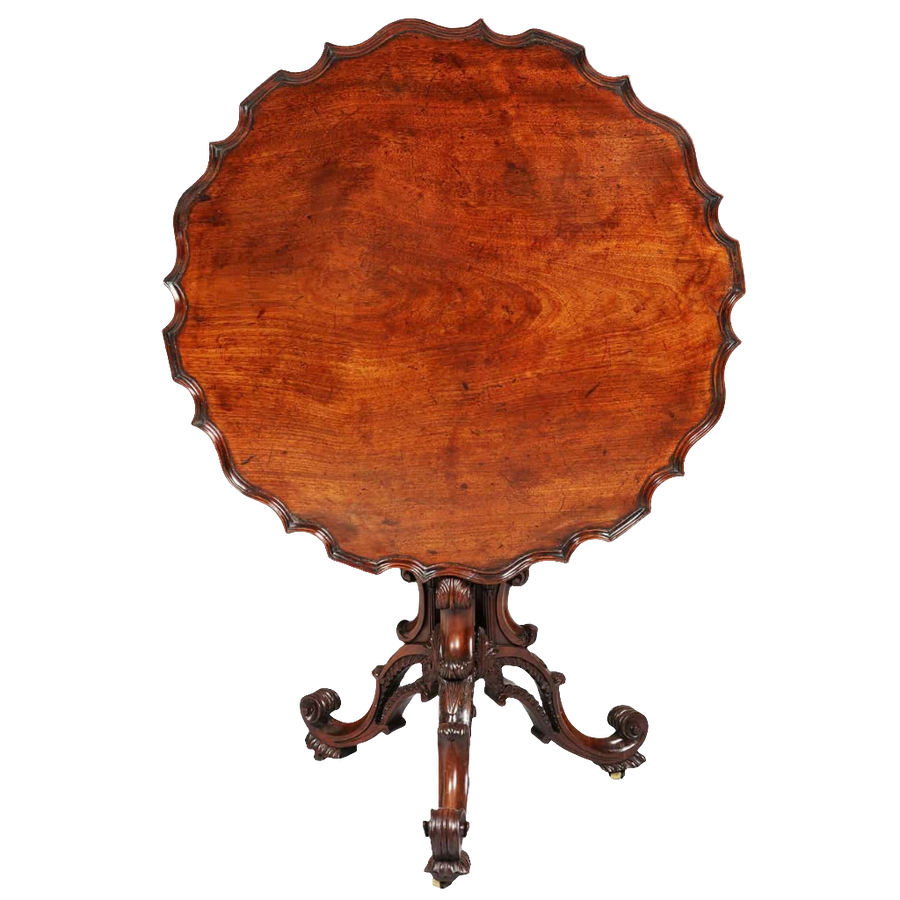
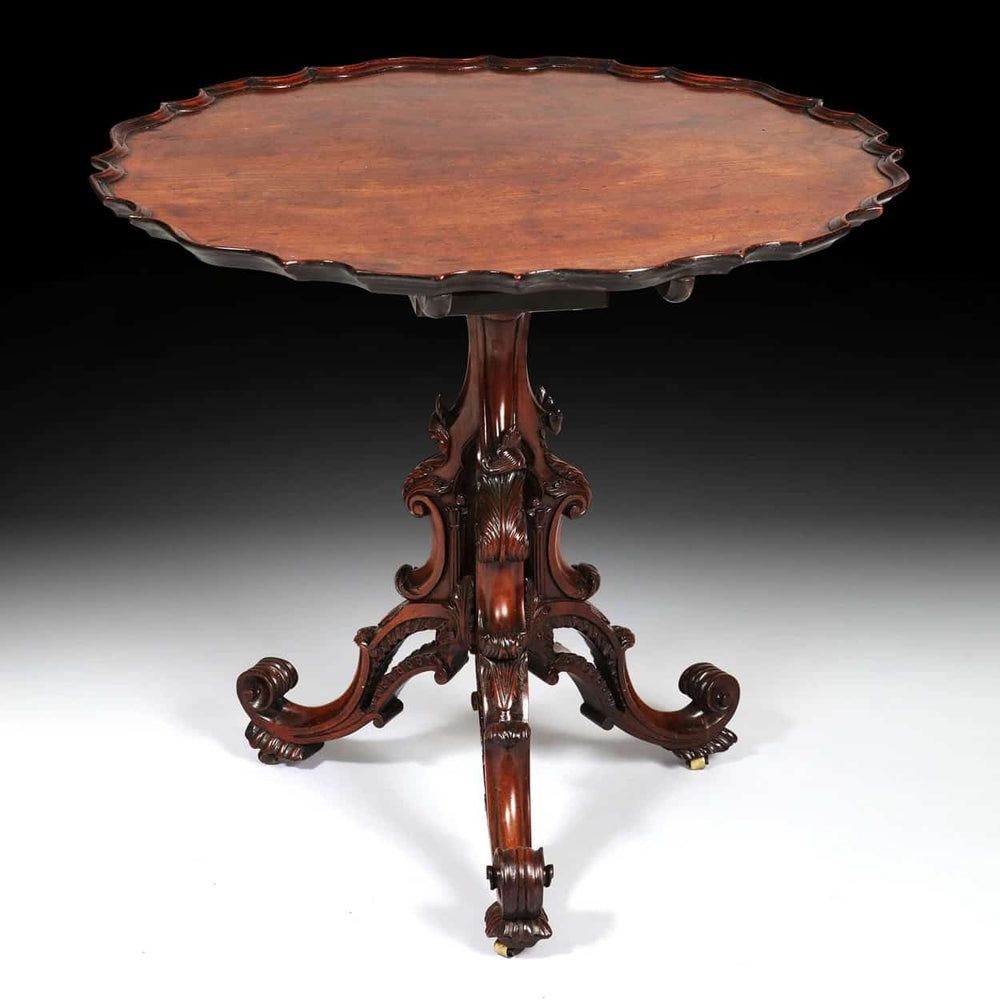
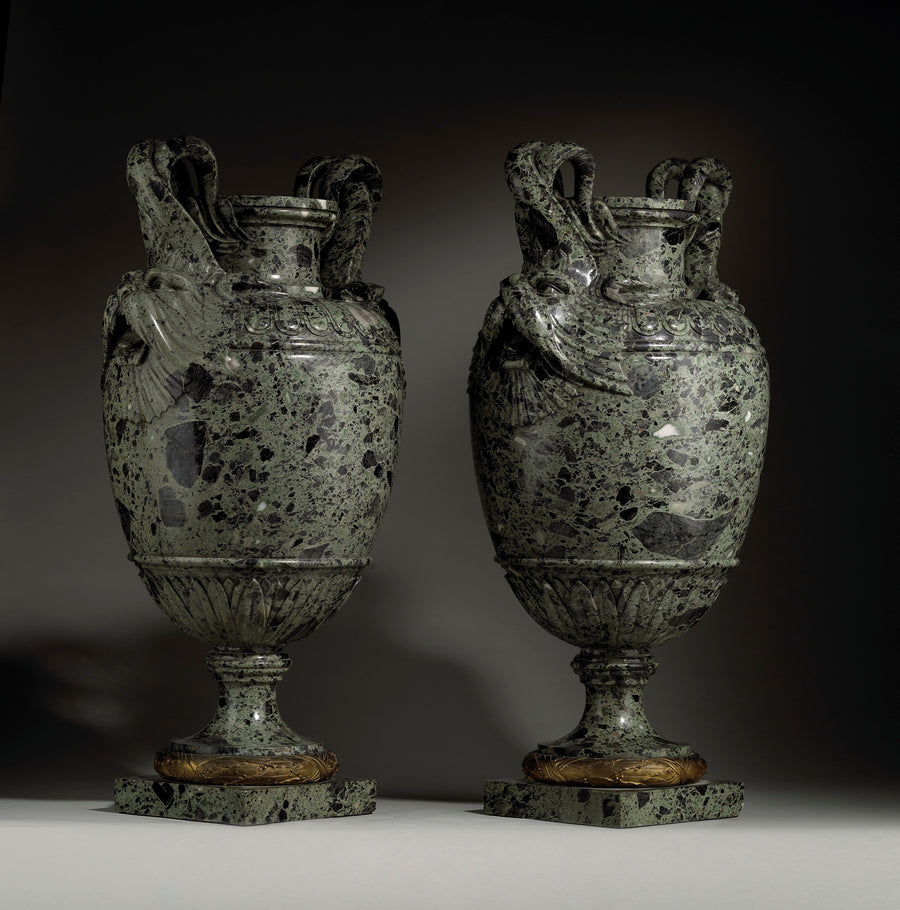
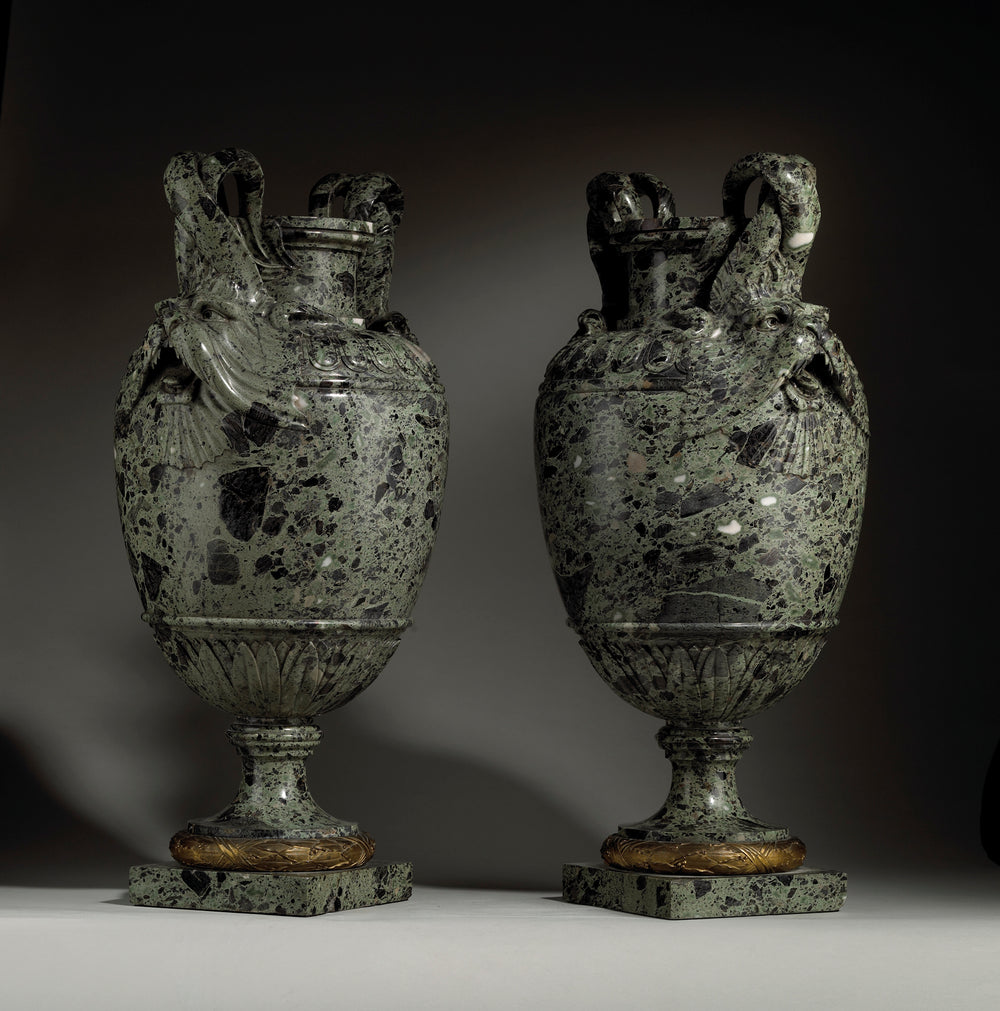

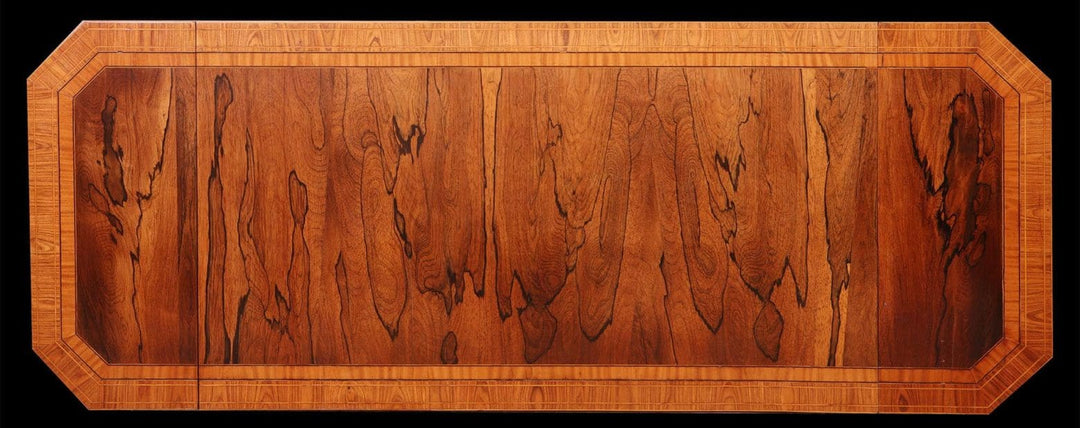


Leave a comment